Support Needed to Complete the Renovation of Penang’s Greatest Iconic Structure (APR 2021)
By Enzo Sim
FEATURE
DESPITE BEING a Category I national heritage monument, Fort Cornwallis has for a long time been an underperforming tourism asset. That time may soon be over. Current conservation works being done there will soon change all that.
A work plan for the fort was first developed by asset owner Chief Minister Incorporated (CMI), in collaboration with Think City and the Aga Khan Trust for Culture (AKTC). Together, these three form the tripartite partnership called the George Town Conservation and Development Corporation (GTCDC).
The aim of the RM15mil project is to reposition Fort Cornwallis as Penang’s premier tourist attraction, and to generate revenue for the state. Just down the road from the fort lies Port Swettenham, which is currently undergoing a berth expansion. Post-pandemic, it is poised to receive around one million visitors annually, which bodes well for the fort’s future as a tourist destination.
The first round of conservation started in February 2017, with extensive archaeological research and excavations being done around the Western moat. This uncovered many of the fort’s structures from different time periods, and enabled GTCDC to pilot possible restoration methods.
Three of the 10 Storerooms have so far been completely restored; involving the reconditioning of floors for insulation against rising levels of damp and humidity, the reinstating of archways of doors and windows, and the restoring and re-plastering of walls with the original lime mixture. Additionally, internal roofs have also been restored and external ones waterproofed and re-laid.
The remaining Storerooms and the Southern and Western moats will be reinstated by the end of 2021 and 2023 respectively.
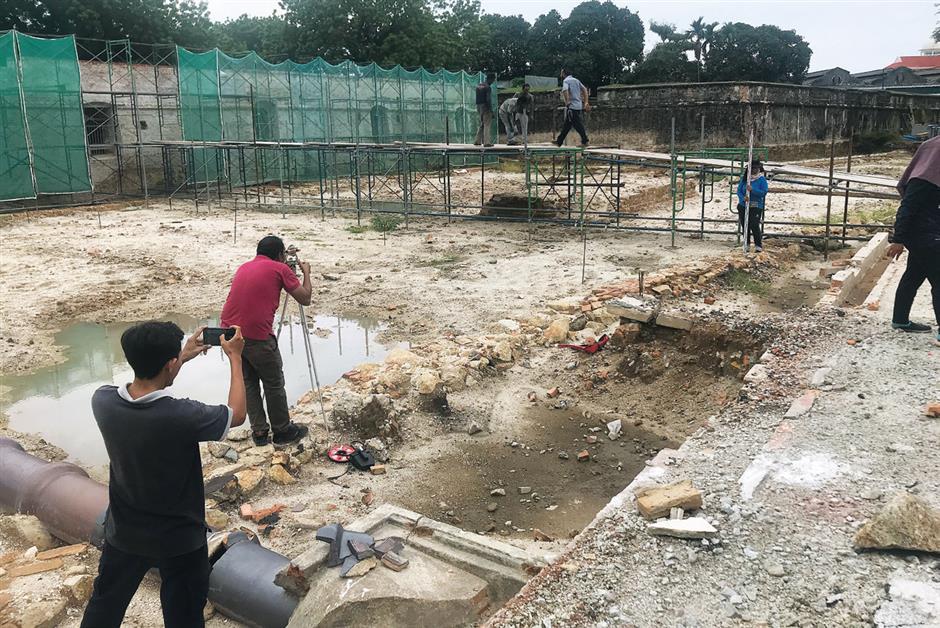
Curating Content
The team is currently developing creative content to share key phases of the restoration process with the public. Plans to augment the visitor experience comprise a circulation path, which will include vantage points within the fort, and the enhancing and updating of signage and interpretation materials to complement the Storeroom exhibits. Most interesting of all is the installation of water-filled moats that were originally part of the fort’s defence structure.
Also to be introduced is a display of artefacts uncovered by the archaeological team; this will also be in promotion of the Museum and Gallery Network (MAGNET), a GTCDC initiative to stimulate Penang’s creative and heritage sectors by regularising and harmonising all museums within the state.
Leading the conservation team is Ar. Laurence Loh, the director of Think City. “The composition of the team is truly outstanding. Many people do not realise what an honour it is to have AKTC contribute their expertise to Penang’s heritage conservation – it has won multiple UNESCO Heritage Awards for its conservation projects. The credentials of the experts who are working on the fort in terms of their support, money and encouragement given guarantees that Fort Cornwallis will be a UNESCO award-winning project.”
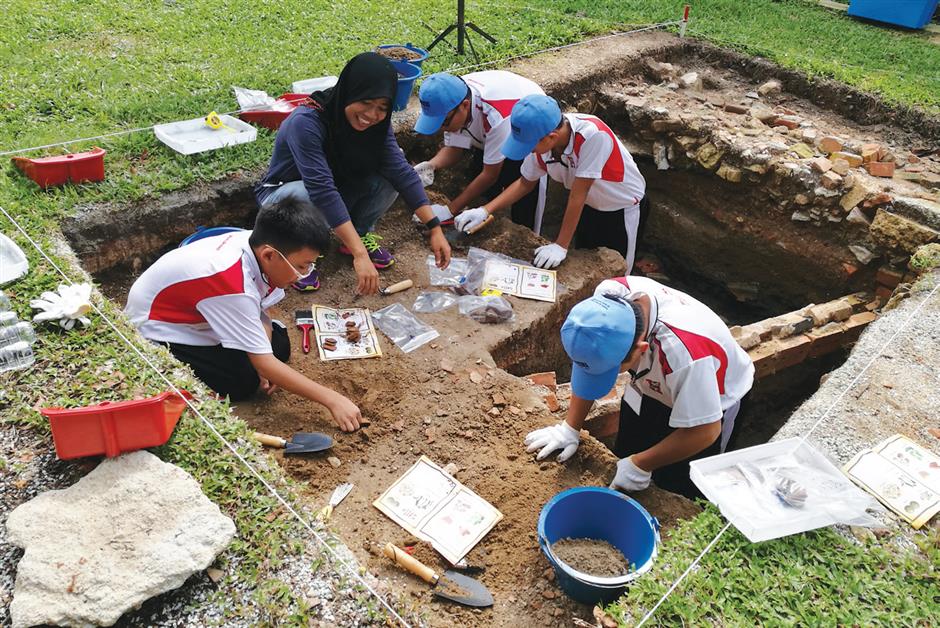
A lack of funding has resulted in a protracted period of delay, and conservation works are currently at a standstill. “No doubt the cost is hefty, but it is the will of the government that determines whether the project can be finished on time,” says Loh. “If there is indeed a lack of funds, there are always alternative means to finance the project such as public donations; this was exactly what I did to cover the restoration cost of Suffolk House.”
Many artisans and craftsmen involved in the fort’s restoration have had to be dismissed, and it will be a challenge to bring them back when funding resumes. “They will probably be tied up with other projects by then.” Loh suggests instead that the state government take a page out of France’s book. “The government issued directives for every primary and secondary city to initiate the restoration of prominent heritage sites. These cities were also provided the funds because the French government knows very clearly that once international borders reopen, the revenues generated from tourists visiting these sites will more than double the cost spent on their restorations. The same should be done in Malaysia; it can revitalise the tourism industry.”
Identifying Artefacts
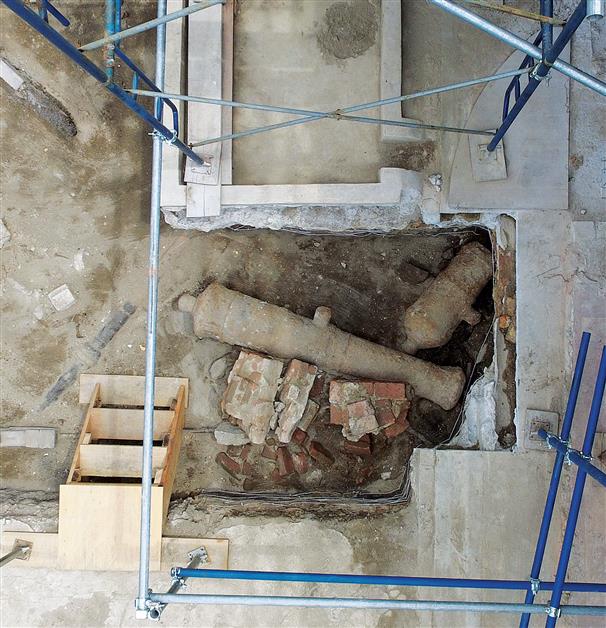
The Centre for Global Archaeological Research (CGAR) was engaged to conduct the excavation works and according to CGAR director Professor Datuk Dr. Mokhtar Saidin, it is the most extensive archaeological excavation to be conducted at the fort since its construction in 1786.
Following the completion of excavation works at the fort’s Western moat, CGAR concentrated on its Southern moat and barracks between December 2018 and August 2019. Of the original structures uncovered were the walls of the inner and outer moats; glacis; train tracks; the foundation of a concrete building from the Japanese Occupation; foundations of British structures inside and fronting the Storerooms which according to Kelly’s Map, are from 1885-1897; drainage systems; as well as the foundations of an old post office.
The artefact findings proved to be equally interesting. Three cannons and a mortar were discovered alongside cannonballs of different sizes; as well as utility wares such as potteries and earthenware; bottles and glasses used for liquor, wine, medicine, food; and old coins including one of the British East India Company from 1786.
“Our findings revealed that floods often occurred inside the fort during rainy seasons, which explains the presence of the drainage systems to drain the water out to the moat,” says Shaiful Shahidan, a CGAR PhD candidate who is also the lead field personnel of the archaeological excavations.
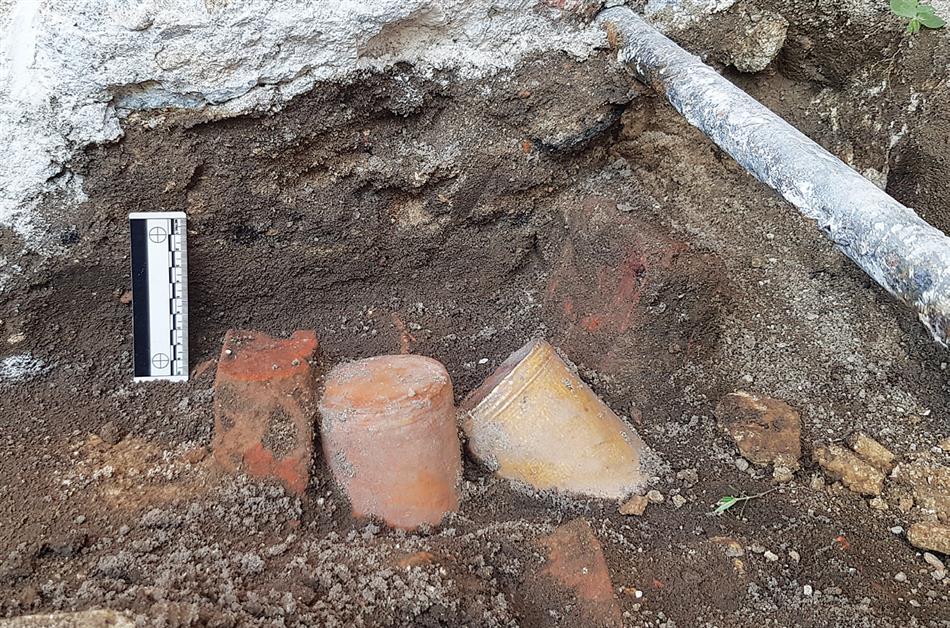
The biggest discovery by far are the train tracks constructed and used by the Japanese army to transport ammunitions and firearms. “These tracks led from the fort all the way to Port Swettenham, where the weapons were offloaded from vessels to be transported back to the fort’s Storerooms,” Shaiful explains.
“The artefacts have been categorically labelled; special and fragile finds are kept separated from others. As for broken potteries, the team is working on piecing the fragments back together.” Coins are kept in a special storage area and given surface treatment to halt the chemical process that causes erosion; and the cannonballs are given a rust removal treatment to prevent further rusting and corrosion.
According to Mokhtar, all artefacts from the fort have been catalogued and photographed, and CGAR is now conducting a final analysis on them.
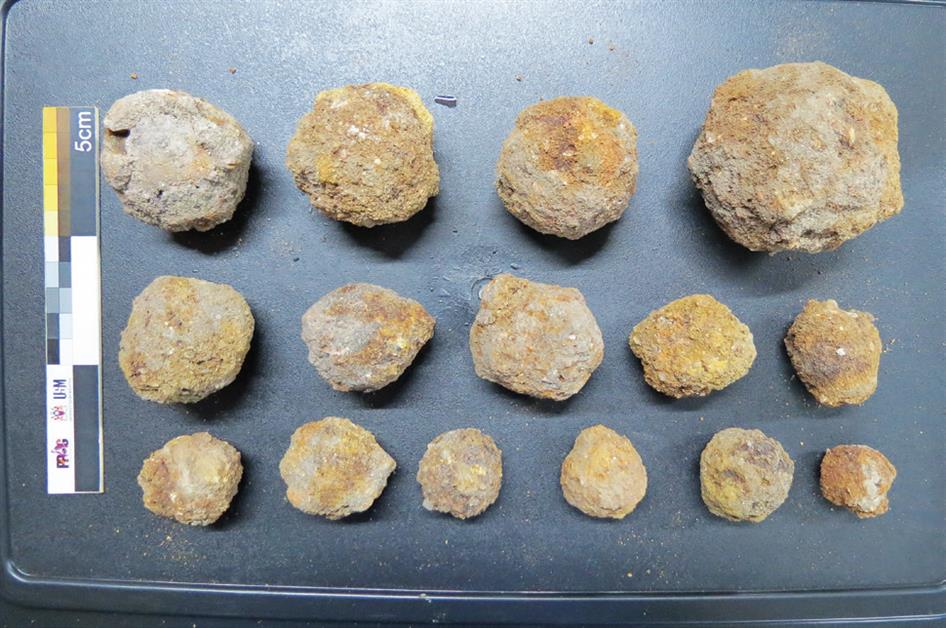
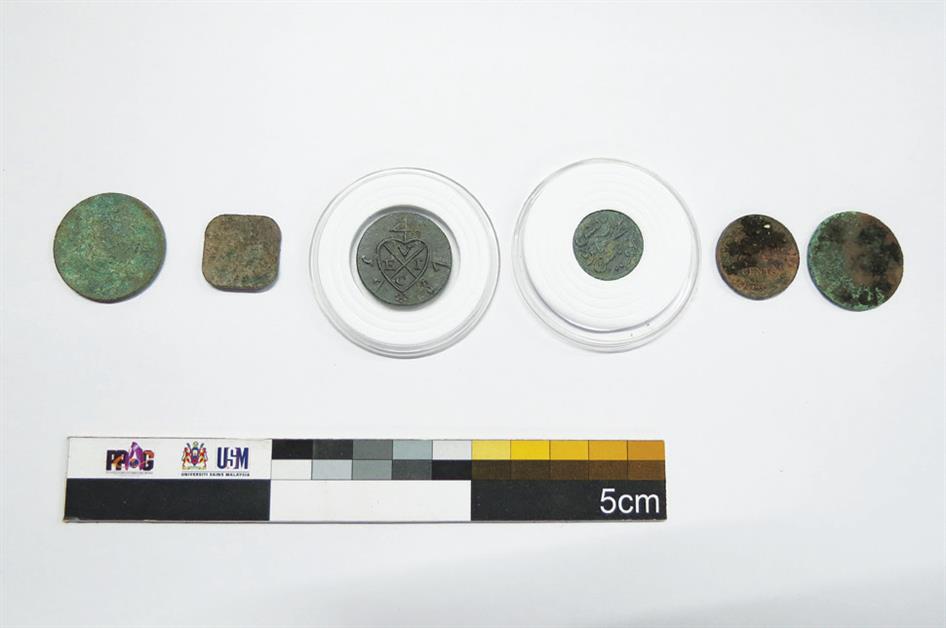
Stimulating Archaelogical Interest
As part of CGAR’s initiative to promote public interest in archaeology, the Fort Cornwallis Public Archaeology Programme was launched in 2017 for school students to conduct excavation works at allocated areas around the fort under the guidance of CGAR members.
“These students will first be briefed on the current status of archaeological research across Malaysia and its importance to our country; and during the excavation practice, we will guide them on the usage of special tools and the applied methods,” explains Mokhtar. “The best way to raise public awareness in preserving important heritage sites like Fort Cornwallis is through education; I believe our community will be better able to understand the historical significance of such places this way.”
Enzo Sim

is a Mass Communications graduate who has an unwavering passion towards international relations, history and regional affairs of Southeast Asia. His passion has brought him to different Southeast Asian capitals to explore the diverse cultural intricacies within the region.



